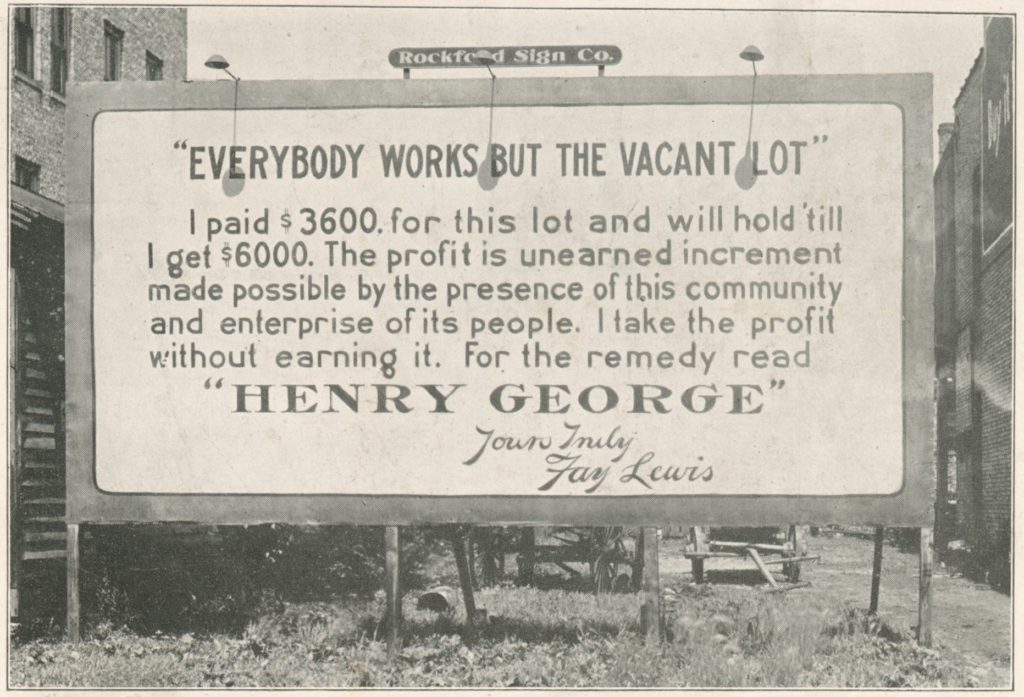Weekly Climate and Environmental Justice Wire
From the editors: We’d like to introduce the Climate and Environmental Justice Wire, a weekly briefing from Long Beach resident and climate justice advocate, Dave Shukla.
The wire will contain succinct and timely reporting and analysis of climate and environmental justice issues in the Greater Long Beach Area and beyond, to promote intellectual, ethical, and practical engagement on these issues.
Consider this your place each week to level up your climate and environmental science literacy, keep informed about local concerns, and receive updates on the efforts underway to address systemic inequities in Long Beach.
Planetary Developments
9 p.m. July 21, 2020 | According to recent published research by the Global Carbon Project, the levels of methane have dangerously increased globally from 2000 to 2017, on a trajectory that, on its own as a single greenhouse gas, could result in 3 to 4 degrees Celsius temperature rise by the end of the century.
The White Walkers return! As the Siberian Wildfires dramatically increase Arctic temperatures—clear evidence of positive feedback loops due to global temperature rise—human society may soon have to contend with things our species may only have encountered along with the Neanderthals and Denisovians walking around then.
More generally, the United Nations Environmental Programme (UNEP) released a new report that identified animal-to-human, or zoonotic, transmission at the wildlife-livestock-human interface as primarily responsible for the uptick in emerging infectious diseases for humans, like the novel coronavirus, which are the result of the choices we make in global agricultural food chains and land uses.
Just as other nations have shown us that bending the curve, and not just “flattening” is what is required to address the novel coronavirus: we must achieve the net peaking and inexorable drive down to zero of the annual rate of global emissions of greenhouse gases as soon as possible, starting with those who are disproportionately impacted by cascading crises in American society.
In one hopeful sign, critical paths in the energy system have been substantially altered by decreased economic activity due to the COVID-19 global pandemic.
National Developments
The worldwide reckoning with the murder of George Floyd has resulted in a necessary shift in American society. Instead of only a handful of environmental justice groups calling for addressing systemic racism in order to address climate change, this idea is becoming foundational for the broader environmental movement and popular audiences.
For instance, the recent landmark ruling by the U.S. Supreme Court of the United States that nearly half of eastern Oklahoma is Indigenous territory has important implications for oil and gas.
Meanwhile, the National Environmental Policy Act is being gutted for quick, risky speculative construction of the sort that benefits industries increasingly in decline.
An important new lawsuit against toxic emissions rollbacks by the Environmental Protection Agency, by the inimitable Earthjustice, is currently progressing. Check out their new report on building decarbonization.
New data from the National Oceanic and Atmospheric Agency on coastal flooding makes some startling projections for the trajectory of our current emissions regime: By 2030, the frequency of high-tide flooding could double or triple. By 2050, that number could be 5 to 15 times as great, with the typical coastal community flooding between 25 and 75 days each year. This while the current Republican Administration is systematically undervaluing the costs of climate change to advance its deregulatory agenda.
The BREATHE Act was recently introduced into Congress, charting a direct path forward between nation-wide calls to disinvest in the military and policing and the reconstruction of social programs, already gathering initial support in Congress.
Joe Biden’s campaign released its plan to address climate change by scaling up clean energy infrastructure and environmental justice, some two weeks after House Democrats released their plan, with welcome emphasis on the central role of organized labor in creating a just and equitable recovery.
Statewide Developments
Industry
The California Resources Corporation has filed for Chapter 11 Bankruptcy, with shareholders shook out. It is a portent of changes to come, as oil production and refinery capacity have plummeted due to the pandemic, along with increased monopolization, which highlights the need for a well-managed and just transition off oil and gas in California.
The California Air Resources Board recently set the nation’s first Zero Emissions Vehicle mandate for Trucks and Buses, and is currently updating its rulemaking for at-berth electrification—two crucially important market signals for achieving the Port of Long Beach’s Clean Air Action Plan.
Legislative
Keep an eye on this space in the coming weeks for new developments on important pieces of state-wide legislation such as AB345 and AB1080, and anti-democratic gut-and-amend maneuvers like SB625.
Bringing It All Back Home
Long Beach News/Updates
After 18 years of productive leadership at the Aquarium of the Pacific, Dr. Jerry Schubel will be succeeded by Dr. Peter Kareiva, formerly at UCLA Institute of the Environment and Sustainability.
Tomisin Oluwole
Dine with Me, 2022
Acrylic on canvas
36 x 24 inches
Click here to check out our interview with Tomisin Oluwole, a literary and visual artist based in Long Beach.

Instead of gunking up our site with ads, we use this space to display and promote the work of local artists.
Tim Grobaty just reported on a fascinating road not taken: had Oil never been discovered in Signal Hill, we could have had a Golden Gate Park type resource—bigger than Recreation or El Dorado Parks—on land long sacred to those here before us.
The Long Beach City Council last week approved traffic-calming measures as part of its adoption of Vision Zero in its Safe Streets Plan, which, along with restaurant parklets for outdoor seating, have implications for emissions in the land use associated with transportation.
City Budget Updates
As you may know, the City Council meeting was cancelled today. This puts extra pressure on the next two meetings to have budget and policy recommendations together. The People’s Budget Coalition will be hosting their second webinar on the Long Beach budget process this Wednesday at 6 p.m.
Long Beach Joint Meeting of the City Council Environmental Committee and the Sustainable City Commission
Following up on a webinar in mid-May on the impacts of climate change on local health, and a productive first meeting, there will be a second meeting of the joint City Council Environmental Committee and the Sustainable City Commission this Thursday at 4 p.m., viewable via Legistar. E-comment link should be available on Legistar, or one can email sustainability@longbeach.gov along with CityClerk@longbeach.gov by 3:45 p.m. the day of.
The meeting will include three presentations of importance here:
- From Climate Resolve on the Climate Action and Adaptation Plan, still in draft.
- From AECOM on oil and gas extraction in Long Beach and our current Oil Barrel Production Tax.
- A pitch to join the Clean Power Alliance, the Community Choice Aggregation that serves coastal Los Angeles County.
The reader is highly encouraged to participate in this meeting and those subsequent on these issues. We have waited years, some of us decades, to start having these conversations.
Equity Mandate
In a recent conference call, Ninth District Councilmember Rex Richardson asked: “How do we turn this into a City of equity? As an organization, as an entity, how it works day to day—how can we make the focus of all that, the outcome of all that, equity for its citizens?”
How we answer that question necessitates a thoroughgoing conversation on what we share, here and now, together in this city. The City’s Framework for Reconciliation process has provided one avenue for starting that conversation, but so far has not pinpointed the tremendous environmental and climate injustice Long Beach traffics in each and every day.
Perhaps we might ask the councilmember’s question another way: What actions for equity must Long Beach take over the next eight years to ensure a third century in Long Beach?
Please consider the stakes and register to vote.
9 p.m. July 13, 2020 | Let us begin! Writing from these shores in mid-July 2020, we do well to start with where we are:
Long Beach is an interesting place. A unique place. We are the only city in the nation that completely surrounds another—Signal Hill. That town was created as a carve-out from Long Beach nearly one hundred years ago with one of the largest discoveries of oil in this nation’s history. Note, then, that the history of quick expansion of dirty energy extraction is inseparable from the spectrum of cultural developments of those times. Our own city operates one of the largest municipal oil and gas operations in the country.
We now contend with a toxic legacy of a century’s worth of carbon in the sky and inequitable distribution of resources on the ground, not to mention aging and outdated infrastructure. We live with the outgrowths of one hundred years’ worth of building out the wrong things in the wrong way for our common future.
Aware of this history—and the long delayed development of the City of Long Beach’s first systematic and statutory attempt to address it through it’s Climate Action and Adaptation Plan—we have now learnt some things over the past four years:
- The Los Angeles Basin consistently has some of the worst air quality in the nation.
- The areas with the worst pollution in town—historically the West and Northern parts along the Transportation and Goods Movement corridors—were redlined for black and brown folks from their inception, structurally concentrating much of the environmental burden and health impacts upon certain groups.
- These same people in these same areas suffer disproportionately to climate related impacts, and to other forms of social vulnerability—as the disparities in hospitalization and case fatality rates due to the novel coronavirus make clear.
- The City of Long Beach has already acknowledged these disparities during the ongoing Framework for Reconciliation process, and in documented comparative rates of hospitalization for heart disease, diabetes, and asthma across race and ethnicity.
- The Wilmington Oil Field is one of the dirtiest, leakiest, most impactful sites of fossil fuel extraction in California for an industry we know is forever altered by the global pandemic.
The reader is encouraged to examine the full Climate Action and Adaptation Plan as it is currently being redrafted by city staff, and will soon come back to the Long Beach City Council for consideration and adoption this calendar year.
Emphasis here is placed on what the City of Long Beach is doing about directly attributable climate change drivers and sources within its own footprint and in its own operations, since participation in transforming and cleaning and greening the energy sector at the municipal scale is—like housing, or water, or waste disposal, or food, or a number of other sectors—to contend with regional market forces on the essentials of daily urban life. Whether in a global respiratory disease pandemic or afterwards.
It is thus a hopeful sign that on July 7 the Long Beach City Council decided to move forward with drafting potential ballot measures to respond to long-standing community concerns with local oil production. It remains to be seen how the ballot measure will be written this month, and whether it will be approved for sending to the voters at the Aug. 4 City Council meeting.
Coming up this month:
It is budget season. Over the next six weeks, the City of Long Beach will develop the budget for Fiscal Year 2021, which starts officially Oct. 1 2020. Please check out the People’s Budget.
It is legislative season, also. Over the next six weeks, the State of California will pass what laws it is able to hear by the traditional deadline of Aug. 31. Be on the lookout for bills like AB 345, which would create larger buffers between fossil fuel wells and public places, and supported by the highly recommendable STAND-LA Coalition.
This month will also focus on the options for clean energy investments and infrastructure for decentralized things – like renewable energy generation and battery storage—that are the down payments on the future for every community in town, starting with those most vulnerable.
We are also still in the depths of the worst self-inflicted public health crisis in this nation’s history. Examination of the links and parallels between COVID-19 response and climate change response will be an ongoing concern.
Watch this space every Monday for further dispatches.


 dave.mvmt@gmail.com
dave.mvmt@gmail.com




